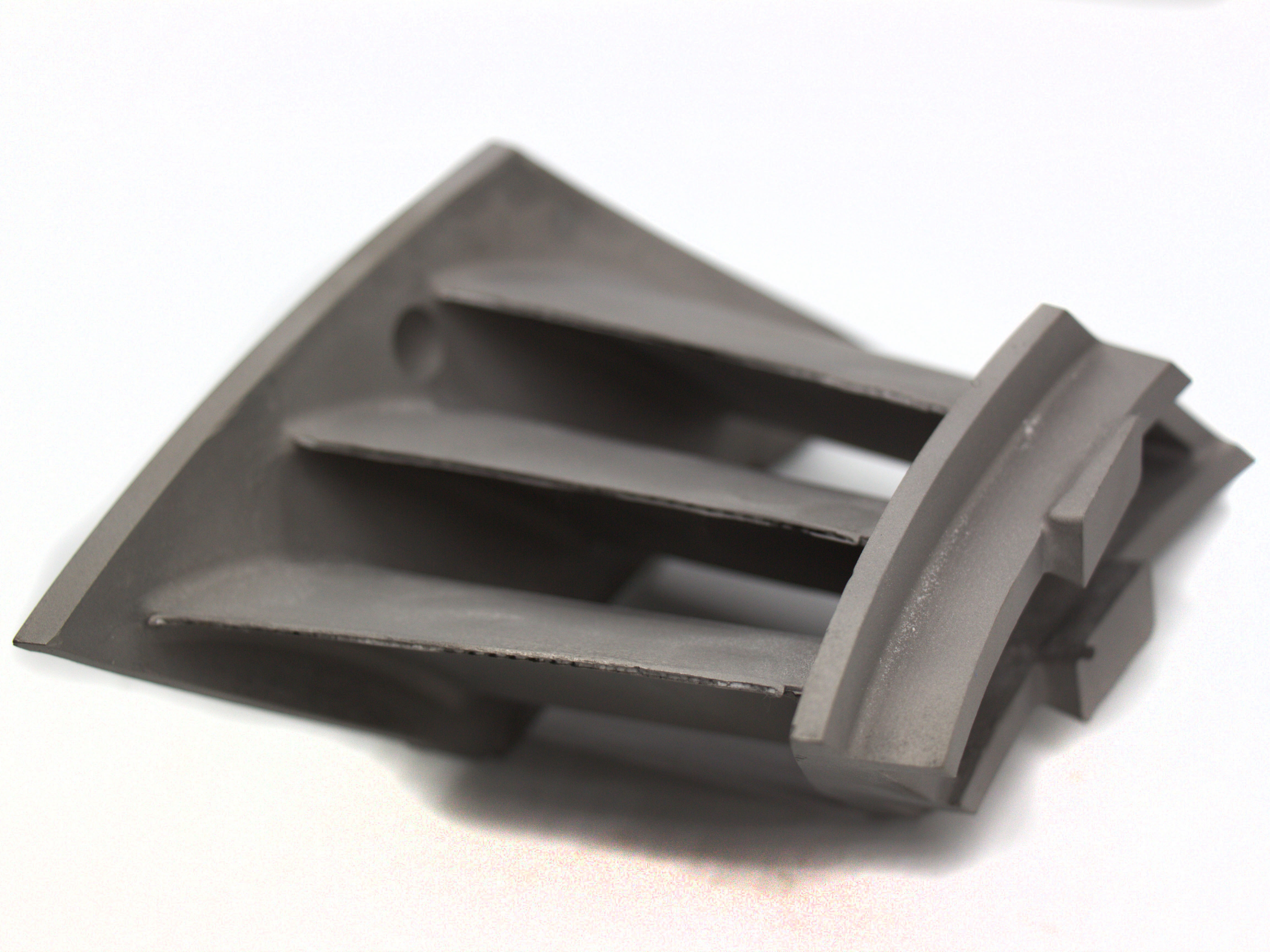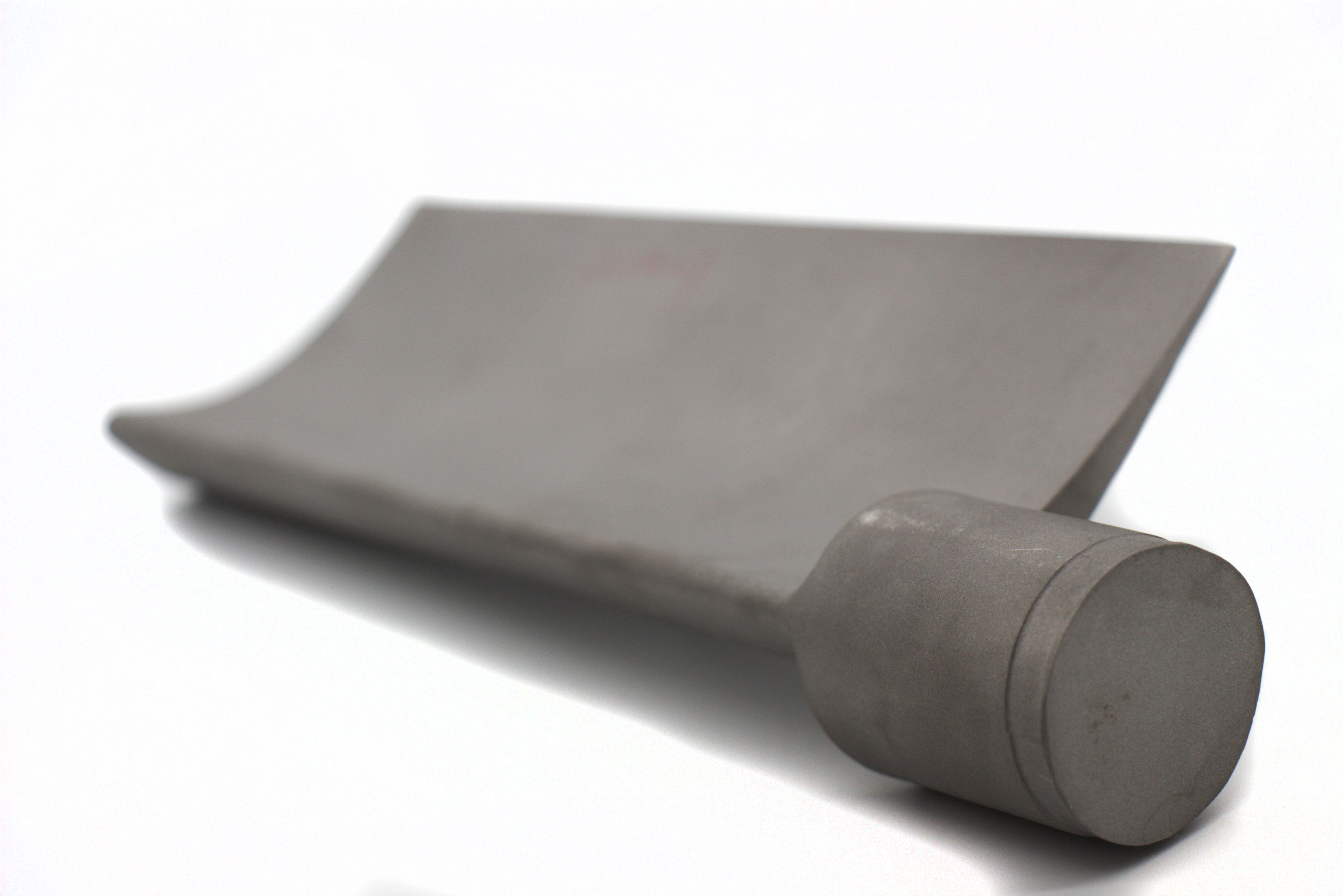What types of surface defects or irregularities can HIP address?
What Types of Surface Defects or Irregularities Can HIP Address?
Overview
Hot Isostatic Pressing (HIP) is designed to eliminate internal and near-surface porosity in 3D printed metal parts by applying uniform high pressure and temperature. While HIP does not smooth or polish the exterior surface, it is highly effective in addressing specific subsurface defects that would otherwise lead to mechanical failure or degradation of surface integrity after finishing processes.
Surface and Near-Surface Defects Addressed by HIP
1. Subsurface Porosity
HIP is most effective at removing internal and near-surface gas pores, which are typically introduced during the layer-by-layer fusion of metal powders.
HIP compresses these pores and enables atomic diffusion to close them, improving surface continuity after machining or polishing
2. Lack of Fusion Zones
Areas where metal powders fail to melt or bond completely can form weak zones just beneath the surface.
HIP eliminates these by promoting material flow and diffusion bonding under high pressure
Particularly relevant for Inconel 718, Ti-6Al-4V, and Tool Steel H13
3. Microcracks and Interlayer Defects
Microcracks may form between layers or around voids due to thermal gradients and solidification shrinkage.
HIP heals these defects through creep deformation and solid-state diffusion
Enhances fatigue life and prevents crack propagation from the surface inward
4. Entrapped Gas Pockets
Closed internal cavities and blind holes may trap gases during the build process, resulting in localized pressure imbalances.
HIP compresses and homogenizes these zones, eliminating hidden gas pockets
This is especially beneficial in components with enclosed geometries or lattice structures
5. Incomplete Particle Sintering
Some 3D printed surfaces may contain partially fused or loosely bonded particles near the outer shell.
While HIP does not polish these particles off, it improves their cohesion and prevents them from breaking away during use or finishing
Limitations of HIP for Surface Issues
HIP does not remove rough surface texture (Ra 8–12 µm) from powder-bed fusion processes
It does not correct surface waviness, dross, or mechanical damage
Final finishing processes like CNC machining, polishing, or electropolishing are needed for dimensional or aesthetic refinement
Summary: HIP-Addressable Surface-Related Defects
Defect Type | HIP Effectiveness |
|---|---|
Subsurface gas porosity | Completely eliminated |
Lack of fusion zones | Closed and bonded |
Interlayer microcracks | Healed by diffusion |
Gas entrapment in voids | Compressed and homogenized |
Weak surface particle bonding | Improved cohesion |
Applications That Benefit from HIP Surface Consolidation
Pressure-tight parts in SUS316L
Aerospace structures made from Haynes 230
Implants and orthopedic tools in Ti-6Al-4V ELI
Tooling inserts in Tool Steel 1.2709
Recommended Services for Surface Integrity
Neway 3DP supports high-integrity surfaces through:
Hot Isostatic Pressing For defect elimination and improved cohesion beneath the surface
Heat Treatment For stress relief and phase stability following HIP
Surface Treatment Including machining, polishing, or coating for final surface refinement



